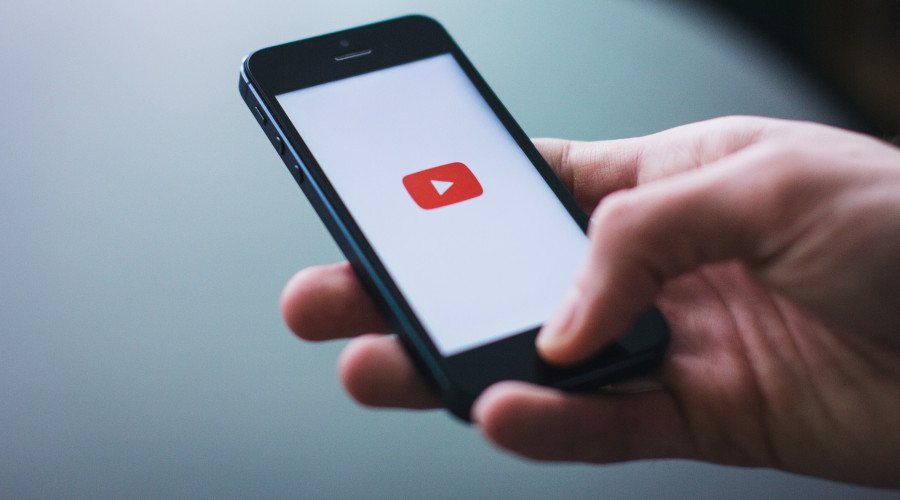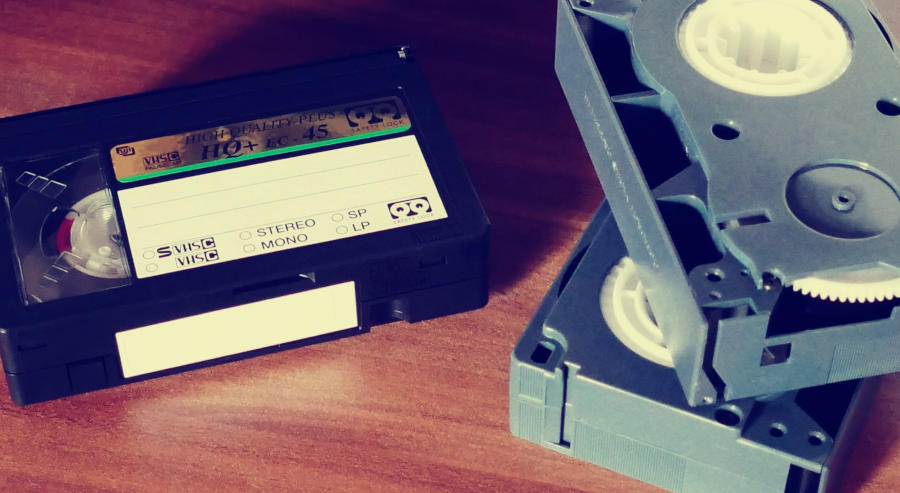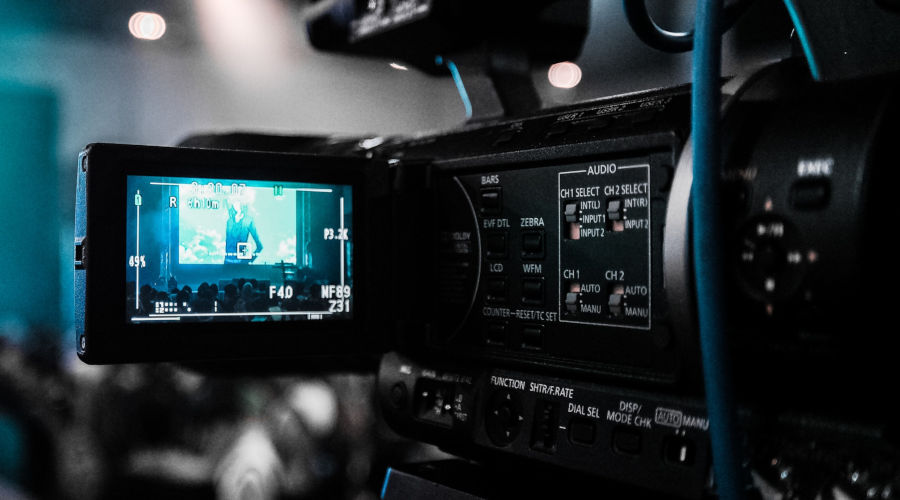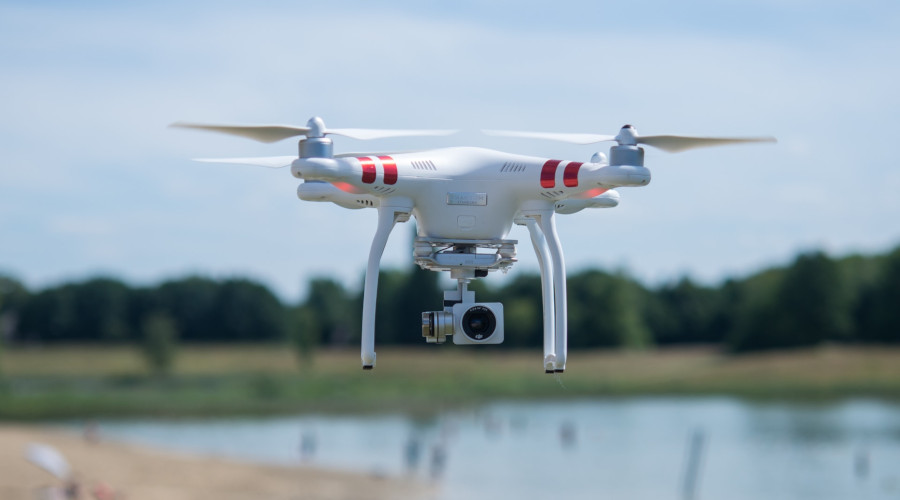Did you know that in the U.S. alone, over 70 million people watch online videos every day. From Facebook Live to YouTube and Vimeo among many others, video clearly reigns. It’s also popular around the world which means that knowing how to translate videos is important for every company wanting to grow abroad.
Table of Contents
- Step 1: Preparation
- Step 2: Decide on Video Content Output
- Step 3: Decide What to Localize
- Step 4: Decide What NOT to Localize
- Step 5: Build a Knowledge Base
- Step 6: Find a Language Service Provider
- Step 7: Know Legal Requirements & Compliance
- Step 8: Set up Your Technical Team
- Step 9: Translate Videos
- Step 10: Consider Voice Talent
- STEP 11: Review the Translated Video
- Conclusion
When used effectively, translated videos are one of the most versatile and profitable marketing tools available to help you reach global audiences.
It’s easy to see how video adds back engagement and personality into what would otherwise be a very impersonal digital experience. Take a look at these stats:
- 90% of consumers say a video will help them make a purchasing decision. (Social Media Today)
- Over 80% of all traffic will consist of video by 2021. (Cisco)
- 97% of marketers claim that videos help customers understand products. (Hubspot)

Translating YouTube videos is a powerful way to get content out to a wider audience.
Do I Need Video Translation? or Localization?
Translation of videos refers strictly to converting one language to another, but video localization is a process that takes video content from one language locale and adapts it to a different language locale or target audience. So what changes may be more than just the language, it could involve a whole range of other elements such as images, formats, music, etc.
In this article we’ll use the terms somewhat interchangeably since the term “localization” is less well known by those not in the translation industry.
Companies translate videos for all types of content such as
- Marketing videos
- Product demos
- Product tutorials
- Technical support videos
- e-Learning video courses
For these types of video content and more, your customer conversion hinges on how well your localized videos are able to connect with their intended audiences.
But, video translation can be complex. If not done properly, it can lead to a massive waste of human resources, time, and money, and the result can be an unsightly embarrassing video.
That’s why we’ve provided this step-by-step guide on the process of translating your video content:
Go to top
Step 1: Preparation
Regardless of whether you want to translate movies or whether you want to translate YouTube videos, a successful project is built upon good preparation.
- Research. You’ll need to understand the culture of your new audience.
- Know the basics of video localization. Remember it’s the audio part and subtitles that are localized. The visual experience may not change unless there’s something in your content that doesn’t align with the culture of your target audience.
- Familiarize yourself with the lingo of video localization.
- Decide whether to use the video as is or if parts of the video will need to be changed with video editing tools for the new target audience. If something is obviously inappropriate in your video, it makes sense to avoid the cultural offense that including it might cause.

The best time to think about how to localize a video is during the planning stage even before beginning to film the video in the original English.
Step 2: Decide on Video Content Output
- Audio voiceover recording: The script is first translated, then using the voice of a true native speaker, it’s integrated back into the video.
- Voiceover and subtitles: Using a combination of both voiceover translation and subtitle translation is an option that works well for the hearing impaired.
- Subtitling: Subtitling on its own works well if you have budget constraints. It’s relatively easy to translate SRT files. You can transcribe the original version into the target version either by subtitling or closed captioning.
What is an SRT file?
SRT stands for “SubRip Subtitle.” It’s an extremely simple file format for the subtitles of a video. It’s set up like this:
- Line number
- Beginning and ending time stamp for when the text will be displayed
- Text to display on the screen.
Here’s an example from The SpongeBob Movie
1 00:00:24,566 --> 00:00:26,151 I'm ready! 2 00:01:02,353 --> 00:01:04,731 The temperate, pristine, 3 00:01:04,814 --> 00:01:07,650 shallow seas of the tropics.
So clearly, if translating SRT files is all you need to do, then the project will be much easier than if more extensive changes need to be made.

Decide on the type of translation you will have in your final video. Will you have voiceover translation? Voiceover plus subtitles? Or translated subtitles only?
Step 3: Decide What to Localize
- Graphics: You may need to change images, text, colors, among other elements, and even logo text if this is included in the source language.
- Formatting & Design: Special considerations include spacing issues, headers appearing in the right places and sections of the document, as well as ensuring that text reads in the right direction. For example, English text reads from left to right, as opposed to Hebrew, Arabic, Pashto, and Persian for example, where text reads from right to left.
- Local units and conversions: All units need to be converted to those used in the target locale. This includes time and dates, measurements, etc.
Make sure you have considered all of these important details before you start translating.
Like the Article?
Share with all your friends by clicking on a social sharing button below.
Step 4: Decide What NOT to Localize
Not all video elements or content will meet the criteria for localization. Do not localize video content that includes:
- Images or videos of people in settings or contexts that would alienate your target audience.
- Images and illustrations that are not complete or universal enough to support the message you’re conveying to your target language audience.
- Any multimedia content such as images, animations or video which shows text in a different layer that can’t be quickly and easily extracted then exported and translated.
Such elements can be cut out from your localized video or perhaps replaced with something more appropriate.
Warning
If text in your video is actually an image rather than text, it will be hard for the translation company to extract that text for translation and it will be equally hard to put the translated text back into the video. If the text is actually an image, then all of this will need to be done manually, wasting many work hours.
Step 5: Build a Knowledge Base
Create a knowledge base with a style guide and terminology related to your company and industry. That will help you maintain consistency in communication and improve accuracy of translations.
This knowledge base is a key component of your quality control process, especially if you’re localizing videos into multiple language locales.
- First, create a list of key terminology that’s related to your product or service.
- Next, determine how these will be used in the target language. For example, with brand names, which terms will you keep in the source language and which will you translate into the target language?
- Decide how to handle product and technical terms. Once this is done, have everything reviewed, preferably by your target language reviewers. These tasks should be completed before these elements are added to any of your video content.
It’s best to build linguistic assets with the cooperation of your language service provider (LSP), which we’ll cover in the next section.

When considering how to translate your video, carefully consider what to translate. Some of the content may not be appropriate for the target region.
Step 6: Find a Language Service Provider
Since localizing videos does involve quite a number of steps, you’ll have to decide which tasks to keep in-house and which tasks should be delegated to external resources.
You may decide to simply translate the SRT file, so your language service provider (LSP) will act as a subtitle translator. Or you may decide to do an extensive reworking of the video, in which case you will either need to do that reworking internally and use the LSP for translation and review or you’ll need to outsource those efforts to an LSP with strong video editing and production skills.
Be sure to find a language service provider (LSP) that puts a focus on quality in order to ensure that you get a quality end product video that meets your educational or conversion goals.
Step 7: Know Legal Requirements & Compliance
Make sure that your translated video content complies with all the legal and regulatory requirements of your target language locale before it’s published in your target market. For this, it may be good to have a legal partner on the ground in the target market.
For example, in China, the 2015 National Security Law and the 2017 Cybersecurity Law both imposed data localization restrictions and requirements on companies in certain sectors of the economy.
Similarly, other countries like Turkey, Nigeria, Russia and Vietnam also have their own localization requirements. Know what these are so that you can be in compliance.
Step 8: Set up Your Technical Team
The technical side is one major reason video localization can be expensive. It relies heavily on skilled video editors that troubleshoot layouts, sync voice tracks to video, implement the subtitling, etc.
Having a good team in place will help save you money by minimizing costs due to avoidable tech errors.

Having a strong technical team will ensure your translated video has the best quality.
Step 9: Translate Videos
If you’re translating or subtitling your video content, make sure that:
- You know not just the target language but also the specific dialect spoken in the locale, including any nuances that can affect meaning or comprehension
- You have qualified and professional language service providers to handle this step
- The video localization process includes a review phase specifically for editing to be done in areas where your reviewers have highlighted issues that need to be addressed
Get a Free Quote for Video Localization
Click the “quote” button below and tell us about your project for a free quote.
Get a Quote
Step 10: Consider Voice Talent
If you decide to use them, remember that voiceovers can consume a lot of time and resources.
Things to remember when hiring voiceover talent:
- Choose your voiceover talent wisely. You don’t want to be bogged down at this point with inexperienced or unprofessional talent.
- Make sure you have several backup voiceover agents available for the same project, in case there’s a glitch that threatens to paralyze the project.
- All scripts must be approved and finalized by your team before moving on to any subsequent process such as voiceovers.
STEP 11: Review the Translated Video
Never skip this phase because it becomes very expensive later on to go back and make changes that should have been dealt with here.
- Each sentence should be carefully reviewed by a native speaker of the target language locale.
- Audio is very important when it comes to localizing videos. Your audio quality assurance reviewers should catch any timing and synching issues in order to make the necessary changes.
Conclusion
So, we’ve broken down the video localization process into actionable tasks. Now, you know exactly what’s involved and the steps to take.
At the end of this process, you will have a video in other languages that you can be proud of.
At IVANNOVATION we’ve earned a reputation for translation quality. We do this by delivering top-notch video localization services to you using:
- Cutting edge technology
- A step-by-step methodology that’s transparent
- A professional and well-qualified team of translators, reviewers, and engineers
Want to discuss how to translate videos? Get in touch with one of our language specialists to help you get started.
Like the Article?
Click here to share on Twitter>>
Tweet
Click here to follow IVANNOVATION on Twitter and be first to learn about our new content>> Follow @ivannovation
About the author, Edith Nkwocha: I’m a freelance writer & transcreation specialist. You can find me at the crossroads of passion and creativity. When I’m not writing, I’m either designing something or working on my pitches and honing my skills as an editor.
Get free translation tips straight to your inbox!
- Get tips on how to translate your website, marketing materials!
- Get actionable advice to help you succeed with international business.
- Be the first to access free language and management tools.



